The Arctic Cooling Liquid Freezer II 240 & 420 AIO Coolers Review: Big and Effective
by E. Fylladitakis on January 15, 2021 8:15 AM EST- Posted in
- Cases/Cooling/PSUs
- Corsair
- Water Cooling
- Liquid Cooling
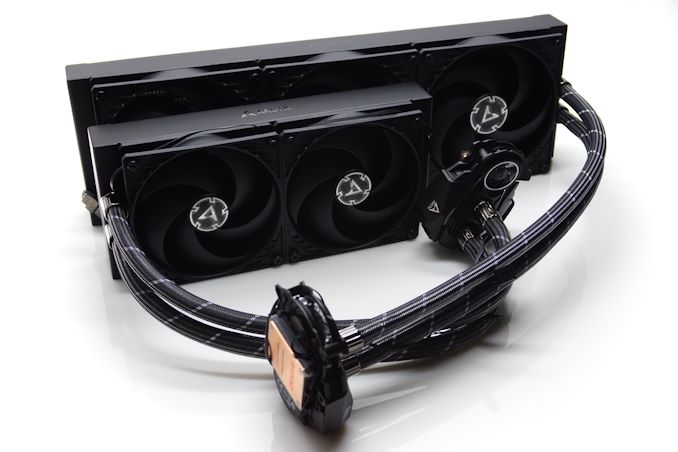
Arctic Cooling is a company originating from Switzerland and has risen to prominence for their advanced cooling solutions. The company was founded back in 2001 and offered some of the best thermal compounds available at the time. Today, cooling products remain the core focus of the company, but they also offer a few other products as well, such as advanced monitor mounts and audio peripherals.
Over the past several months, Arctic Cooling has been picking up from a dry spell in top-tier CPU coolers, having gone a few years since their previous release. Last year, the company introduced the first parts in their their Liquid Freezer II all-in-one liquid cooling series, expanding the range as the months went by. A few weeks ago the company announced the release of the massive Liquid Freezer II 420, triple-fan AIO cooler that holds not three 120mm fans – as is usually the case with triple-fan coolers – but three even larger 140 mm fans. Arctic Cooling set out to cover the market from bottom to top with their Liquid Freezer II coolers, and the introduction of a 420mm design has certainly cemented that status.
In this review, we are taking a look at a couple of Arctic Cooling’s Liquid Freezer II coolers. We're of course diving into the behemoth 420 AIO cooler, but also the much more sensible 240mm version of the cooler. How well does such a large cooler perform with regards to thermals and noise? And just how much better does that make the super-sized cooler over the more normal, widely compatible version of the same cooler? Let's find out.
Packaging & Bundle
Arctic Cooling supplies the Liquid Freezer II series in relatively simple but sturdy recyclable cardboard boxes. The artwork on the box is based on a schematic of the cooler itself, with plenty of information regarding the cooler on the backside of the box. Inside the box, we found the coolers and their parts well protected by cardboard inserts and nylon bags.
The bundle supplied with the Liquid Freezer II coolers is the same regardless of the cooler’s size. Unfortunately, the MX-4 thermal compound that the company advertises to be included is a single dose, not a whole tube. The rest of the bundle consists of the necessary mounting hardware, all in black color. There is no paper manual but there is a card with a QR code, which in turn leads to an downloadable manual.
The Arctic Cooling Freezer II 240 / 420 Coolers
As expected, the main difference between the 240 and 420 versions of the Freezer II is the size of their radiators and fans. Other than that, the two all-in-one (AIO) liquid coolers are identical, using the same main block and tubing. The core design of the coolers is the typical AIO configuration of a single radiator, two hoses, and a block that combines the CPU contact plate and a miniature liquid pump. One major divergence compared to competitive products is that the fans are already installed onto the radiators and everything is pre-wired, with the whole assembly powered by a single 4-pin connector coming out of the block. And while pre-assembly isn't strictly necessary for an AIO cooler, anyone who has assembled a cooler can probably appreciate the time saved by not having to line up screws, power cable orientations, etc. Furthermore, recognizing that some users may want to reconfigure and reassemble the cooler anyhow, the company’s designers added regular fan connectors onto the radiator, meaning that one can seamlessly replace the fans if needed.
Arctic Cooling is using high-density rubber for minimal long-term evaporation that should last for the lifetime of the cooler, with no filling/service ports to be found. The hoses are protected by a nylon sleeve with a circular dual silver thread design. The nylon sleeve also hides the cable that powers the fans. Chromed metal press fittings are used to secure the tubing on both ends.
The radiators of the Arctic Cooling Freezer II AIO coolers are dual-pass cross-flow designs with tiny fins soldered on thin oblong tubes, yet they are not based on the same exact design that most AIO coolers use. Regardless of variant, all of Arctic Cooling’s Freezer II radiators are rectangular constructs that are significantly thicker than standard designs, measuring 38 mm thick without the fans and nearly 65 mm with the stock fans attached. The 420 version of the Freezer II also sports the largest radiator we have seen used by an AIO cooler to this date and comes with three 140 mm fans installed. It is not the longest, as there were a few 4×120mm (480) radiators circulating the market over the past few years but, even compared to these, it has significantly more heat exchange area. Consequently, case compatibility may be a challenge for this behemoth.
The main block assembly of the Freezer II is short and relatively simple, with one major difference discerning it from most competitive products – there is a small 40 mm fan attached to it. This fan has practically nothing to do with the cooling of the CPU itself but is meant to provide some airflow to the motherboard’s power circuitry that would normally be cooled by the air cooler’s airflow. Other than that, the assembly includes the copper contact plate and the mini pump.
The square copper contact plate is not machined down to a complete mirror finish but is very smooth. It is large enough for most commercial processors but will not cover a ThreadRipper processor, for which the Freezer II coolers have no stock support for out of the box.


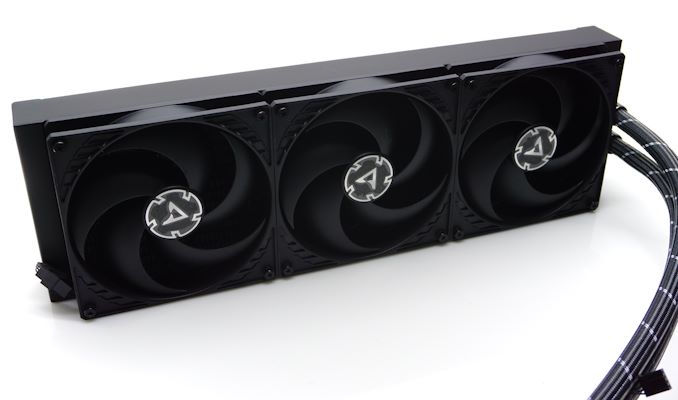
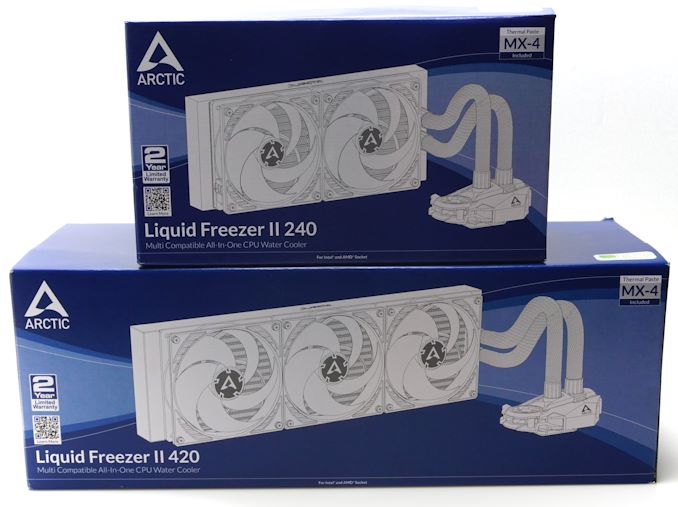
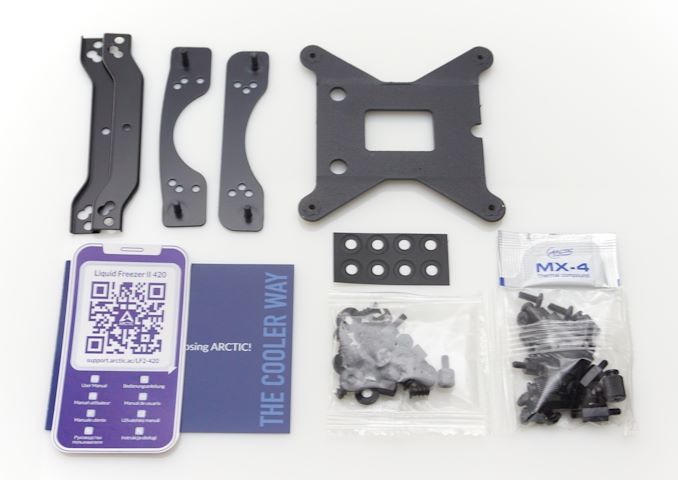
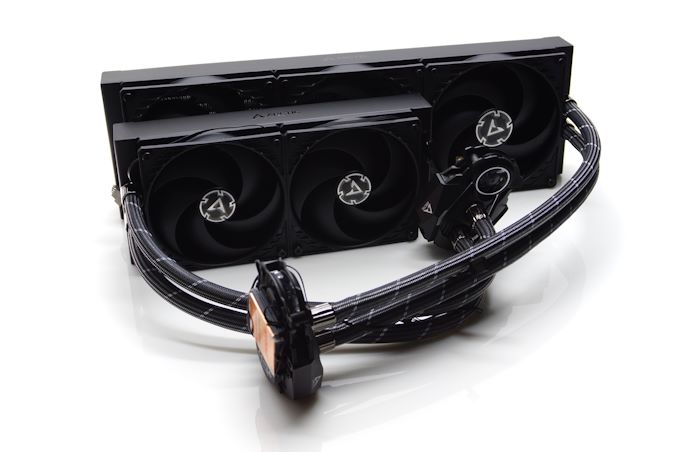
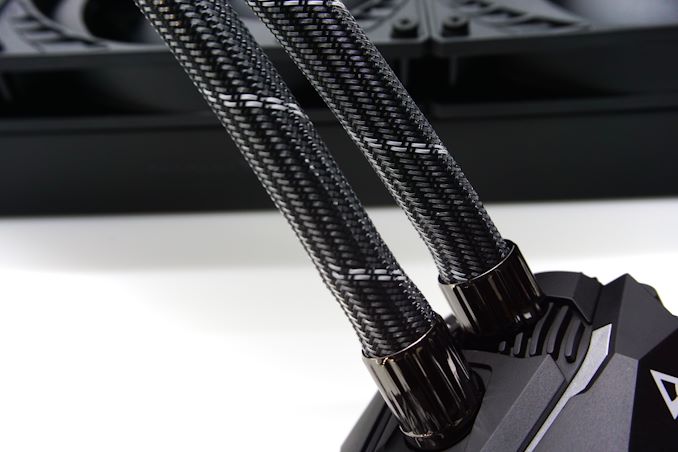
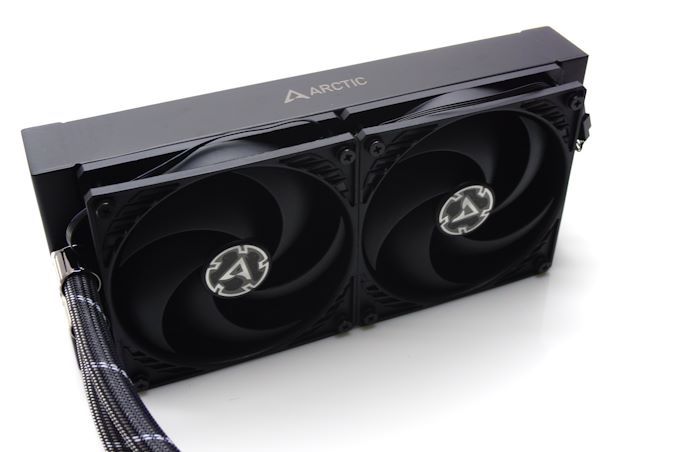

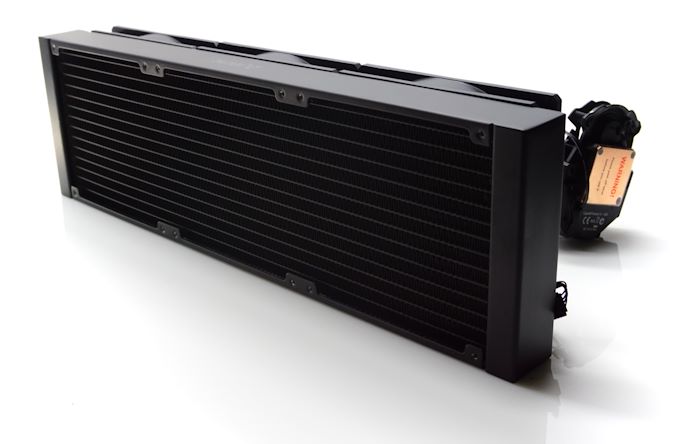
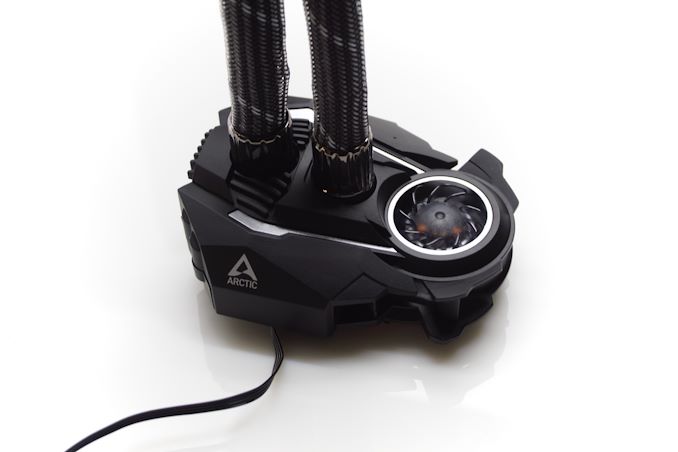









44 Comments
View All Comments
Machinus - Friday, January 15, 2021 - link
Why no comparisons to the 360, the standard-sized radiator?frbeckenbauer - Friday, January 15, 2021 - link
Noise normalized testing and a test without the VRM fan enabled are missingTelstarTOS - Friday, January 15, 2021 - link
they are ALWAYS missing here.alexane - Sunday, January 24, 2021 - link
easy job online from home. I have received exactly $20845 last month from this home job. Join now this job and start making extra cash online. salary8 . comoRAirwolf - Friday, January 15, 2021 - link
If you want a Gamers Nexus review, go watch the Gamers Nexus review.Guspaz - Monday, January 18, 2021 - link
It’s not a matter of wanting a gamers nexus level of detail, it’s a matter of noise-normalized thermals being the only review metric that actually matters (the only one that can actually be used to compare performance between multiple products), and it’s missing.Calin - Friday, January 15, 2021 - link
Also, no comment on the "quality" of noise - a while ago, there was the "low hum", "high pitch", ... subjective appreciation of the reviewer.At least the table with "reference noise levels - decibels versus subjective feel" is there.
willis936 - Saturday, January 16, 2021 - link
That’s caked into the dBa weighting.AGentleMetalWave - Monday, January 18, 2021 - link
The subjective aspect is important too. For example, coil whine can be low dBa but very annoyingscottlarm - Saturday, January 23, 2021 - link
Now you can get every month extra $23k or more easily by doing work in spare time. start you making dollars EWd 0nline just by follow details here... salary8 . com